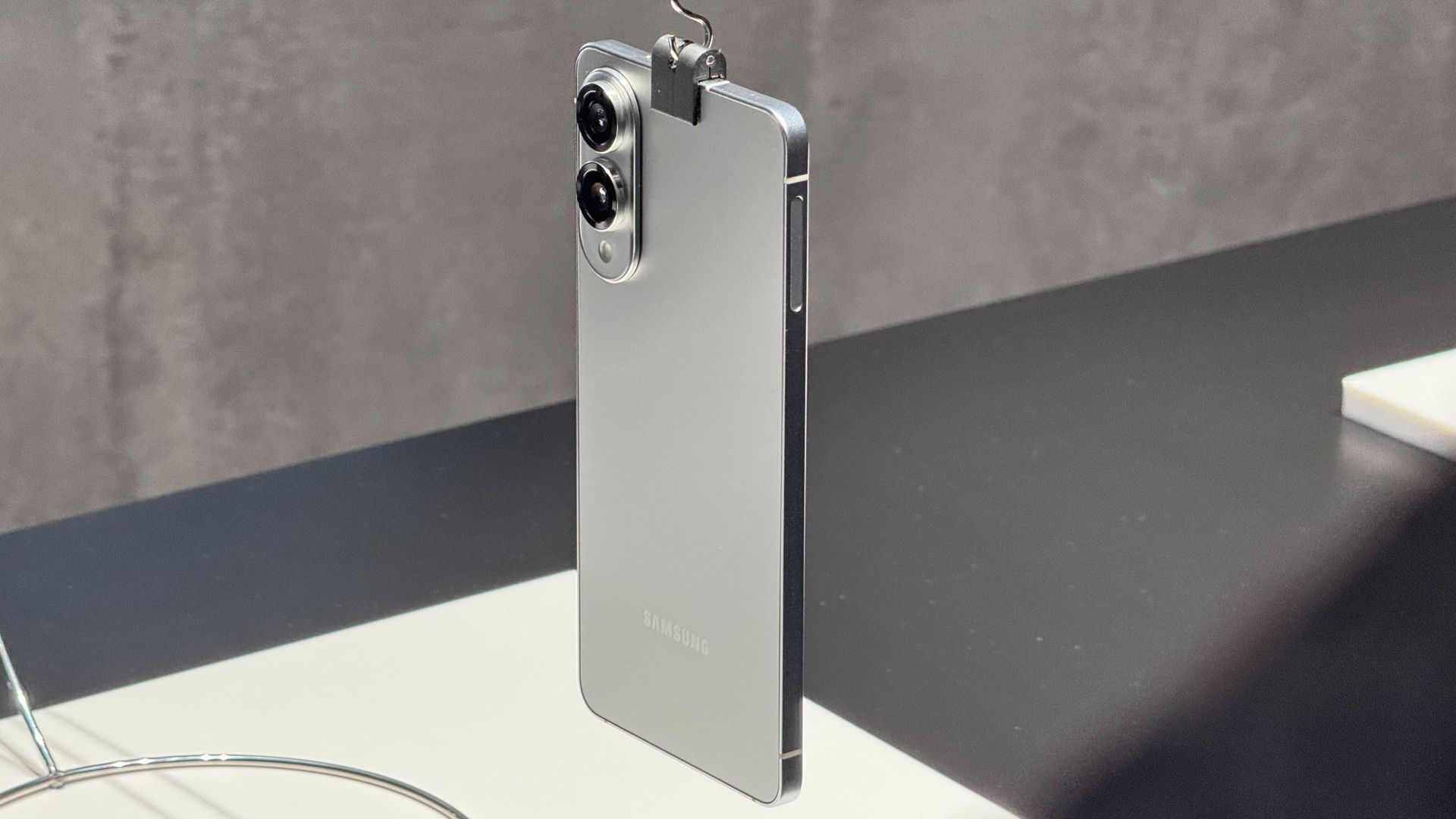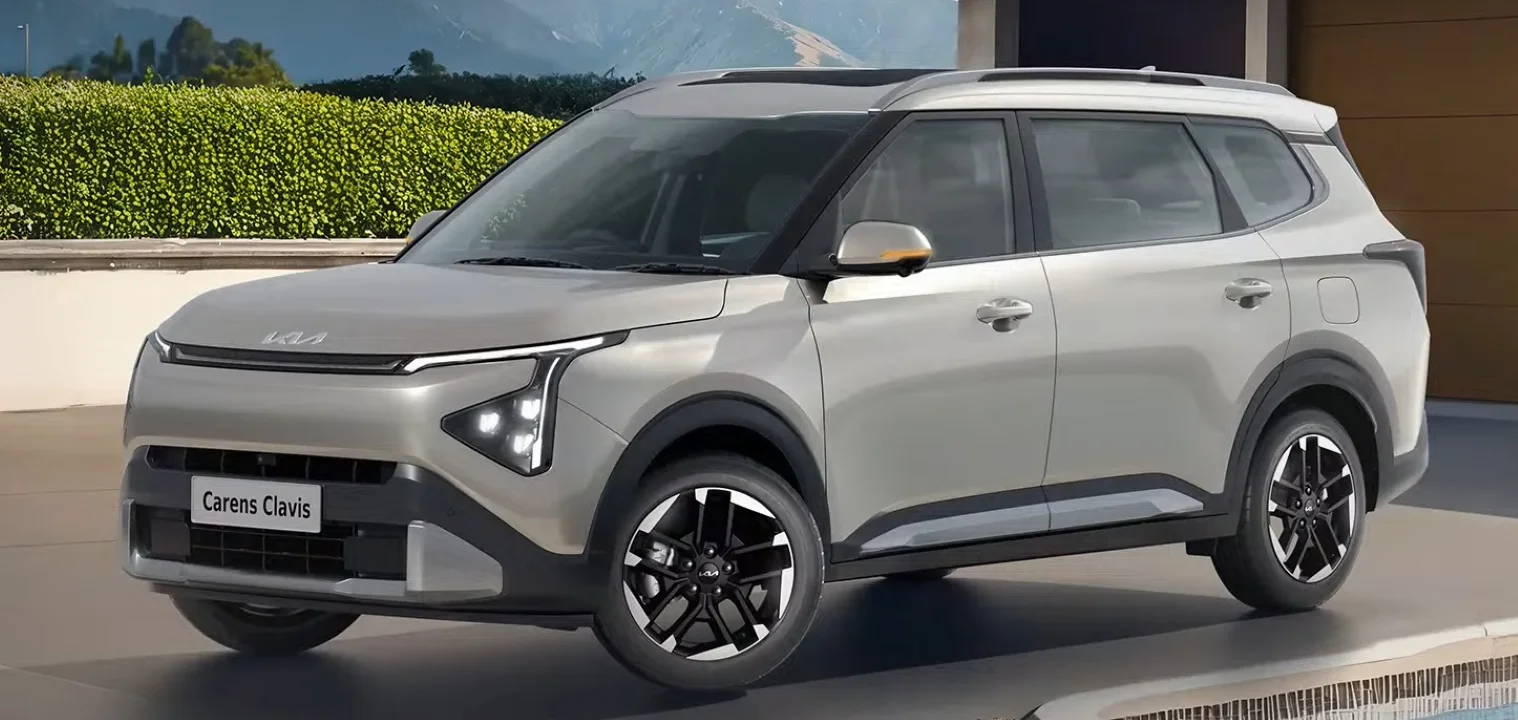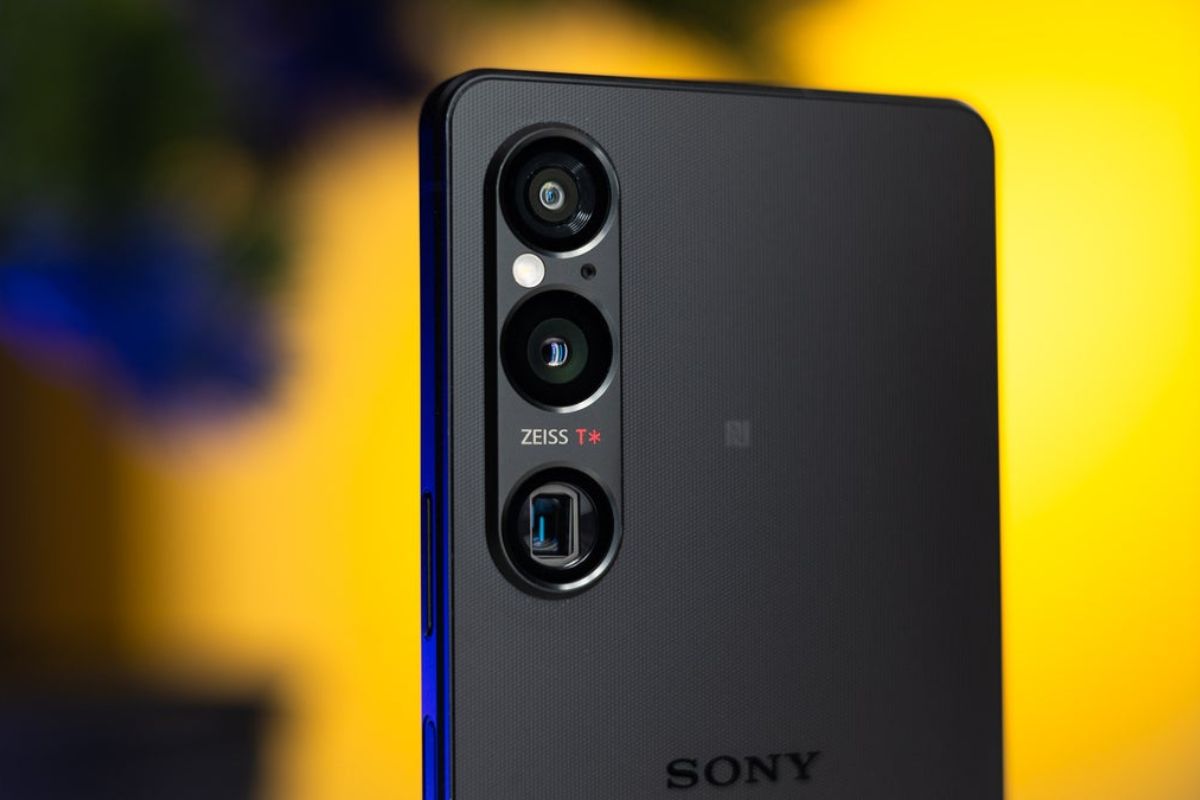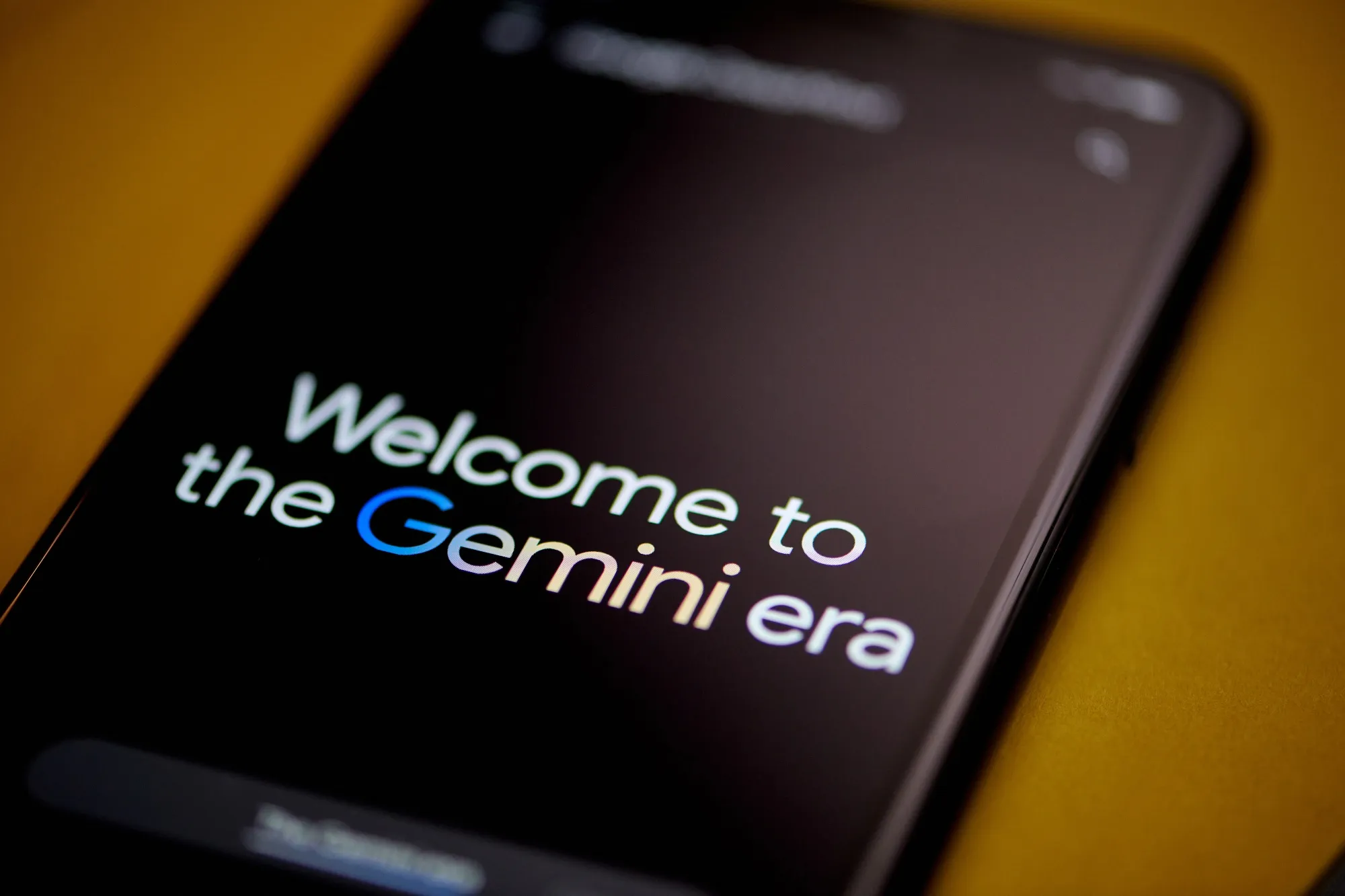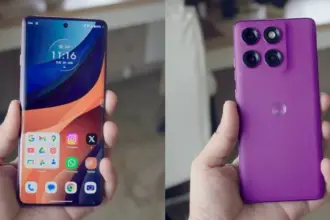In India, where digital access often dictates opportunity, a quiet revolution is reshaping how people connect, learn, and work. From refurbished laptops in Delhi’s markets to ₹699 feature phones reaching rural corners, a new wave of affordable technology is bridging the digital divide. But is it enough to ensure everyone can participate in the digital economy?
Affordable Tech, Real Impact
In 2023, Reliance Jio introduced the JioBharat V2, a 4G feature phone priced at ₹999, aiming to transition millions from 2G to 4G networks. By October 2024, the price dropped to ₹699, capturing 50% of the sub-₹1,000 phone market. These phones come equipped with Jio’s services like JioTV, JioCinema, and support for 23 Indian languages, making digital content accessible to a broader audience.
Meanwhile, in Delhi’s Nehru Place and Mumbai’s Lamington Road, technicians are assembling “Frankenstein” laptops—functional machines built from salvaged parts. These devices, often sold for as little as ₹10,000, empower students, freelancers, and small business owners who can’t afford new laptops. This grassroots repair culture not only extends the life of electronics but also provides employment and reduces e-waste.
Beyond Urban Centers: Reaching Rural India
India’s digital divide isn’t just about cost; it’s also about geography. While urban areas enjoy robust connectivity, rural regions often lag. To address this, the government has established over 250,000 Common Service Centres (CSCs) across the country. These centers provide digital services, from banking to education, bringing technology to the doorstep of rural citizens .
Additionally, the Universal Service Obligation Fund supports telecom services in remote areas, ensuring that even the most isolated communities can access the digital world.
Empowering the Informed Consumer
Today’s consumers are more informed and discerning. They research, compare, and seek value. Retailers like Vijay Sales have embraced this shift by blending their 115+ physical stores with a robust online presence. Features like virtual consultations, same-day delivery, and click-and-collect options cater to the modern shopper’s expectations.
This omnichannel approach ensures that whether a customer is shopping online or in-store, they receive consistent service and information, fostering trust and satisfaction.
Local Insights, Global Brands
India’s diversity demands a nuanced approach. While global brands bring quality and innovation, understanding local preferences is crucial. Retailers are increasingly hiring local talent and tailoring their offerings to regional tastes, ensuring that technology feels relevant and accessible to all communities.
A Seamless Shopping Experience
The lines between online and offline shopping are blurring. Consumers expect a seamless experience, whether they’re browsing a website or visiting a store. Retailers are responding by integrating their platforms, ensuring that product availability, pricing, and promotions are consistent across all channels. This cohesive approach not only enhances customer satisfaction but also streamlines operations.
As technology becomes increasingly integral to daily life, ensuring equitable access is paramount. Through affordable devices, inclusive policies, and innovative retail strategies, India is making strides toward a more connected future. But the journey continues, and the question remains: can a ₹699 phone truly bridge the digital divide?



